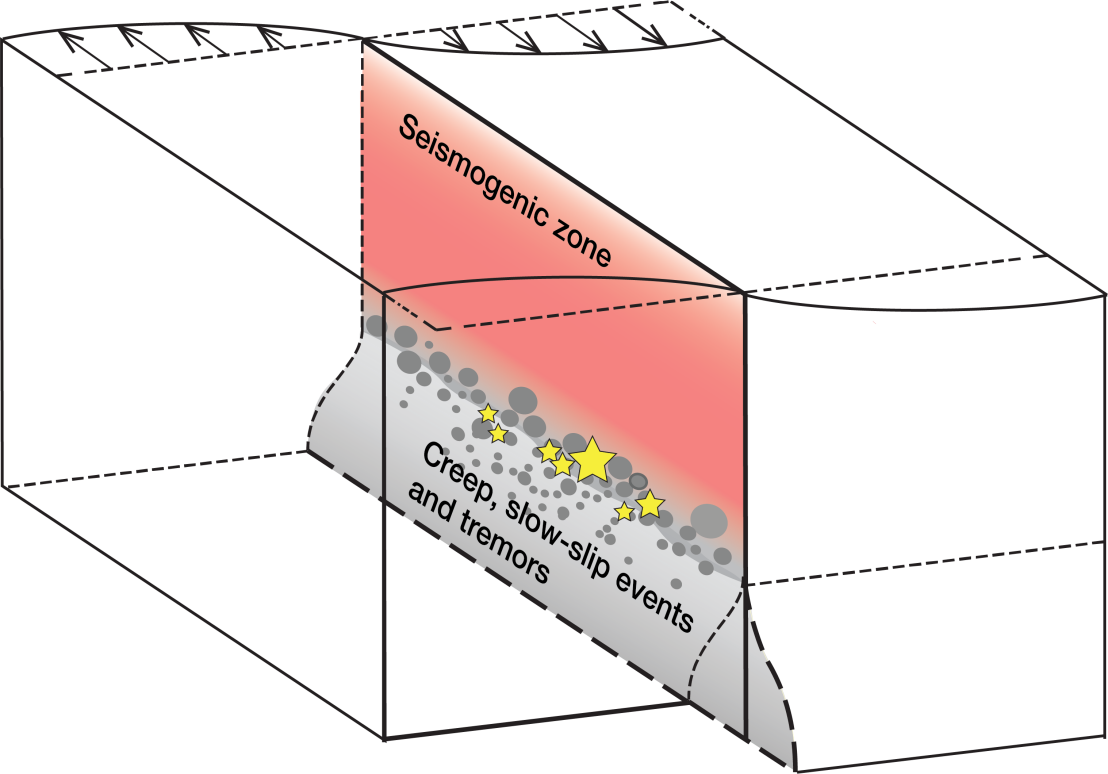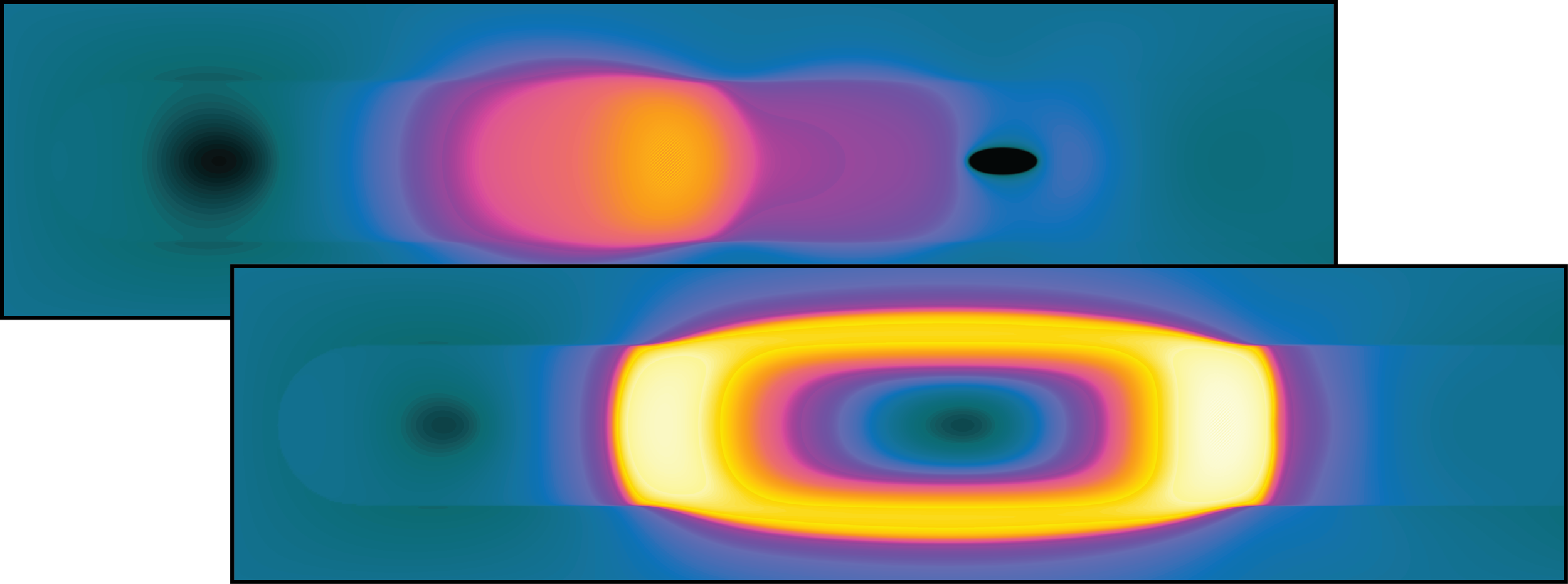Computational earthquake physics
We develop multi-scale and multi-physics modeling techniques to simulate sequences of earthquakes and aseismic slip (SEAS) and investigate earthquake source physics, fault mechanics, seismic and aseismic slip, slow-slip events, solid-fluid interactions, and the interplay between tectonic space-time scales of crustal deformation and seismic space-time scales of rapid and localized earthquake source processes.

Modelling earthquake source processes is a complex multi-physics, multi-scale, societally important research effort that connects several disciplines, including seismology, geodesy, geology, tectonophysics, hydrology, applied mathematics, materials science, and engineering.
The developments of earthquake source physics have benefited from new observations, improved computational methods, and modeling capabilities. Designing realistic supercomputer simulation models for the complete earthquake sequences is a grand scientific challenge due to the complexity of phenomena and range of scales — from thousands of kilometers down to microns and from millennia down to thousandths of a second.
The main cross-cutting themes of our research are:
- The potentially dominating role of fluids – both naturally occurring and added by anthropogenic activities – in the faulting processes in the crust (external page FEAR project).
- The effects of inelastic processes and structural complexity of the crust and lithosphere, including the role of shear heating, chemical reactions, and thermomechanical coupling.
- Capturing the effects of smaller-scale processes — which may be crucial in earthquake source problems due to extreme multi-scale localization of relevant structures — on the larger-scale phenomena of societal interest, such as destructive earthquakes and induced seismicity.
Our numerical models rely upon field observations, seismic monitoring, lab experiments, and theoretical science, while complementing those endeavors with a new perspective. The predictions expand researchers’ view beyond the limits of direct observation — which is important for seismic events that occur across thousands of years.
